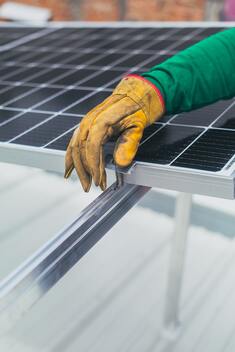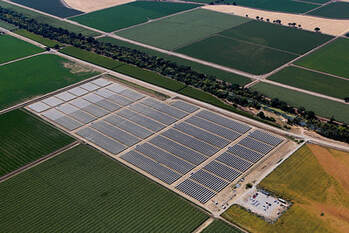By Sarah Lozanova, Solar Marketing Writer Are you thinking of going electric and purchasing an EV? There are now more models on the market than ever before. Vehicle range is increasing as battery technology advances, and there is a more extensive charging infrastructure than ever before. In fact, there are 930 publicly available charging stations in Georgia. To make driving an electric vehicle as green as possible, it is vital to consider the type of electricity used for charging. In Georgia, nearly half of our power comes from natural gas and 20% from coal. Unfortunately, less than 10% comes from renewable sources. Therefore, installing solar panels on your roof is an excellent way to power your electric vehicle from the sun and save money! Solar energy panels are more efficient than they were even a decade ago, so most homeowners have enough space on their roofs to generate most or all of their own electricity. As clean technologies become more common and widespread, many homeowners are looking at how to combine them. What’s great about installing solar panels is that the sun will power both your home and your car, also saving on fuel expenses. How many solar panels do I need to charge my electric vehicle? The answer to this depends on several factors. The Solar Plus team is skilled in properly sizing solar PV systems to get the most value out of the installation, so contact us if you would like help. By Sarah Lozanova, Solar Energy Copywriter As solar energy deployment increases, solar farms are becoming bigger than ever before. Large-scale solar farms have ground-mounted solar panels. Therefore, the way developers plan and manage those impacts wildlife and local ecosystems. How can solar professionals minimize the ecological impacts of solar farms? It is essential to examine this question throughout all phases of solar farm development, from the initial planning phase to decommissioning. Alternatives to Mowing It is critical to minimize or eliminate shading on solar panels to boost electricity production. Therefore, many solar farm managers mow around the solar panels with gas-powered mowers and use herbicides. Unfortunately, these produce carbon emissions, burn fossil fuels, and contaminate air quality and water quality. Using sheep to graze around the solar panels reduces or eliminates the need to mow and apply herbicides. Sheep are excellent at removing vegetation, even between solar panels. This prevents shading without chemicals or gas-powered equipment. |